Fire-Resistant Fence Alternatives
When it comes time to build a new fence, or replace an old one, within Ashland city limits, Ashland's Wildfire Safety Ordinance states that you are required to obtain a fence permit from Ashland Community Development, and any fencing attached to a building or deck shall be made of noncombustible materials within five (5) feet of the connection to the structure.
This creates the immediate question, "Well then, what fence materials CAN I use in place of wood?". There are several non-combustible or fire resistant options available in stores, online, or by request to fencing contractors, that are acceptable and can prevent the spread of fire to your home. Non-wood fencing alternatives vary greatly in cost, and not all options may be allowed to install within five (5) feet of the structure. For fence connections (or gates) that attach to your home, business, workshop, sheds, or other structures on your property:
-
Evaluate your buildings where fences will connect. What materials are the buildings constructed of?
-
Are the buildings hardened? (i.e. stucco, cement, masonry, steel siding? Boxed eaves or a 2-3 story building?)
-
Are buildings sided with wood products? (i.e. Wood siding, shake shingle siding? Wood trim?)
-
Are there vulnerable exposures like windows or eaves within 10-feet of the fence connection?
-
Are those windows single pane or dual pane?
-
Are eaves open or boxed?
-
-
-
If the building is constructed of wood (with wood or vinyl siding) or there are vulnerable exposures like single-pane windows or open eaves within 10-feet,
-
You are required to install completely noncombustible fencing within five (5) feet of the structure.
-
-
However, if the structure you are attaching the fence to is constructed of fire-resistant or noncombustible siding like fiber cement, stucco, brick or concrete, then exemptions may be allowed for:
-
Class A or B fire-resistant fence materials like fiber cement board, composites, or vinyl may be acceptable*, even with some wood framing.
-
-
Take a look the table below to see what fence attachment alternatives may work for your situation:
*view the bottom of this page for specifications about exemptions to Ashland's Wildfire Safety Ordinance that may help you understand what fencing materials may be allowable for your specific fence project.
| Description | Relative Cost ($-$$$) | Examples | |
| Corrugated Metal *requires consultation with Ashland Fire & Rescue staff for approval if wood framing is utilized |
$ | 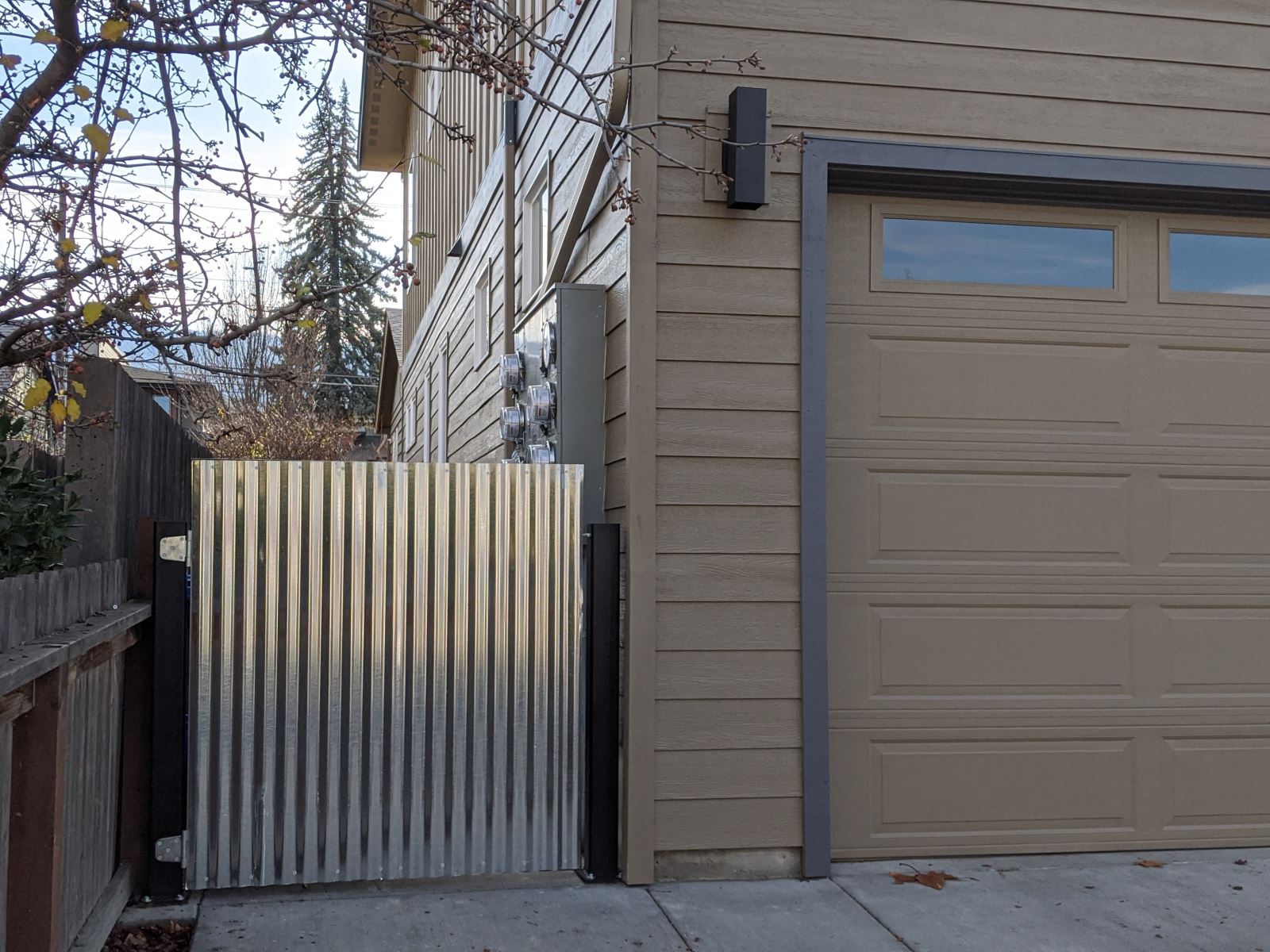 |
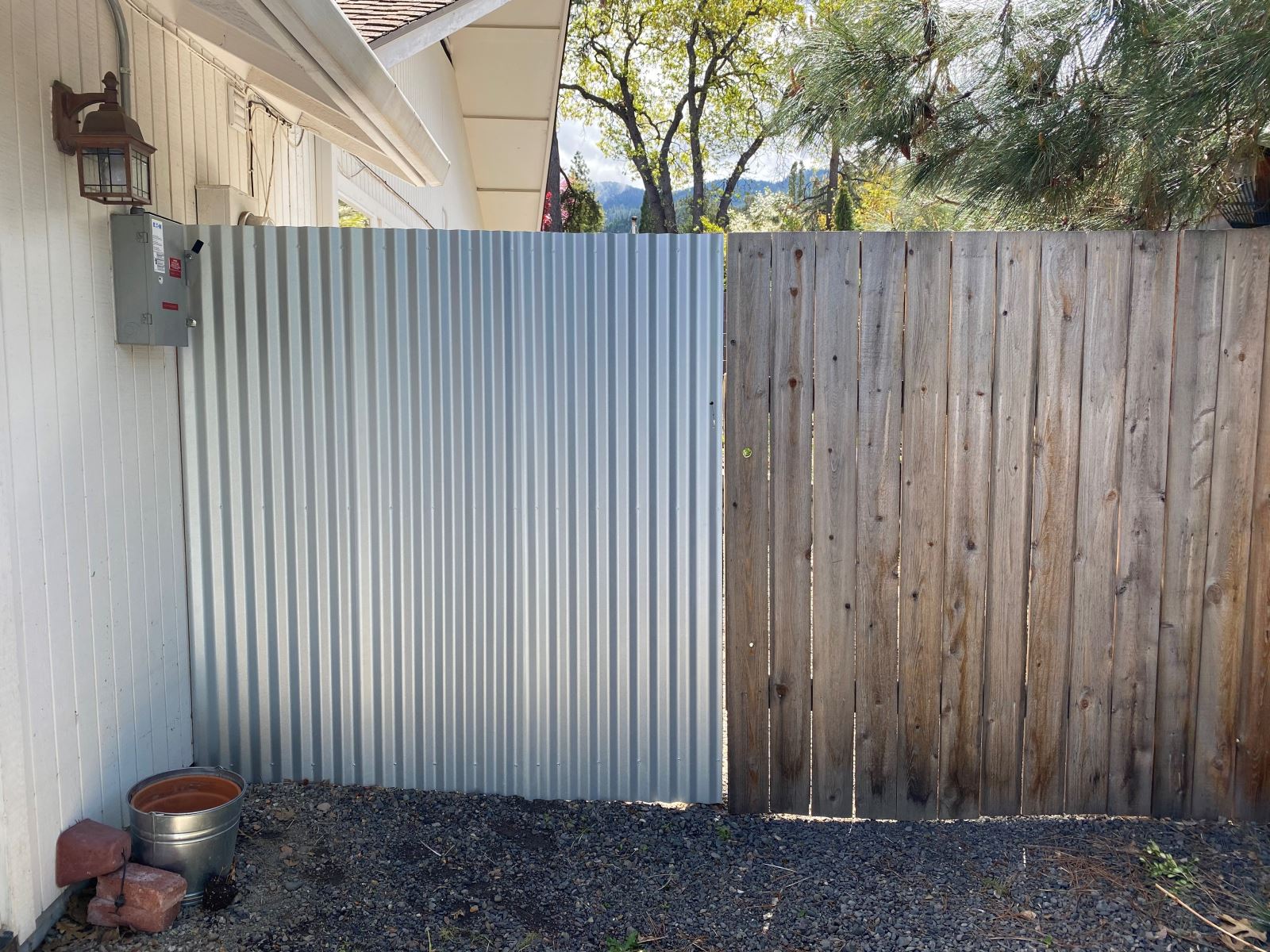 |
| Steel Privacy Fencing | $$$ | 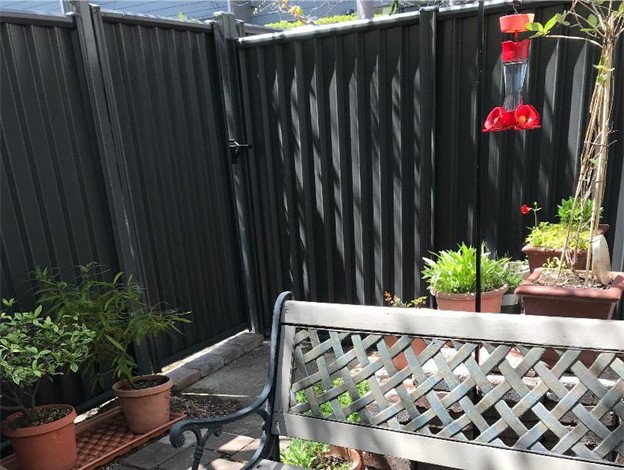 |
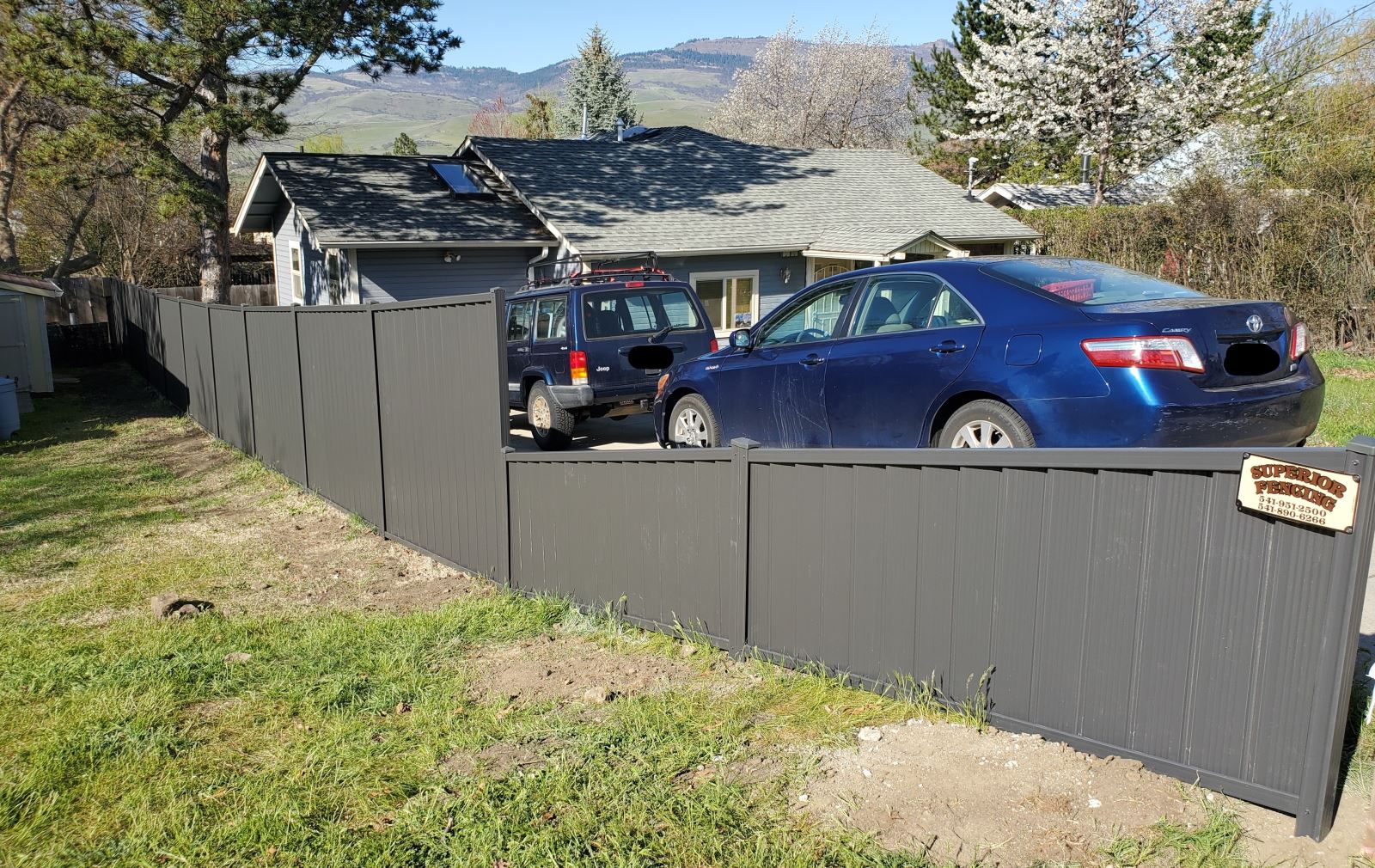 |
| Steel or Iron Fencing | $-$$$ |  |
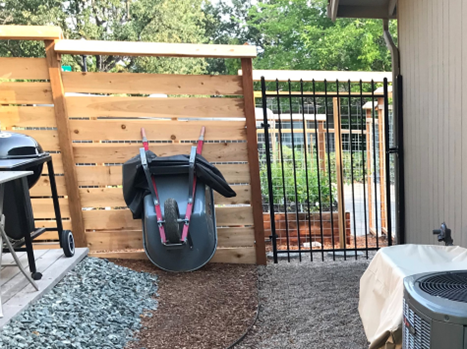 |
| Vinyl/Hard Plastic (wood grain vinyl options available) *requires consultation with Ashland Fire & Rescue staff for approval |
$-$$$ |  |
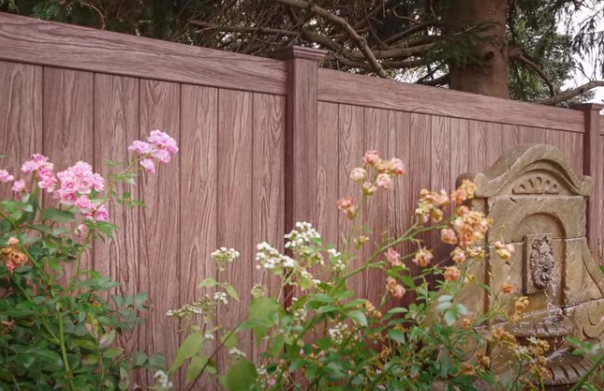 |
| Steel wire *requires consultation with Ashland Fire & Rescue staff for approval if wood framing is utilized |
$ | 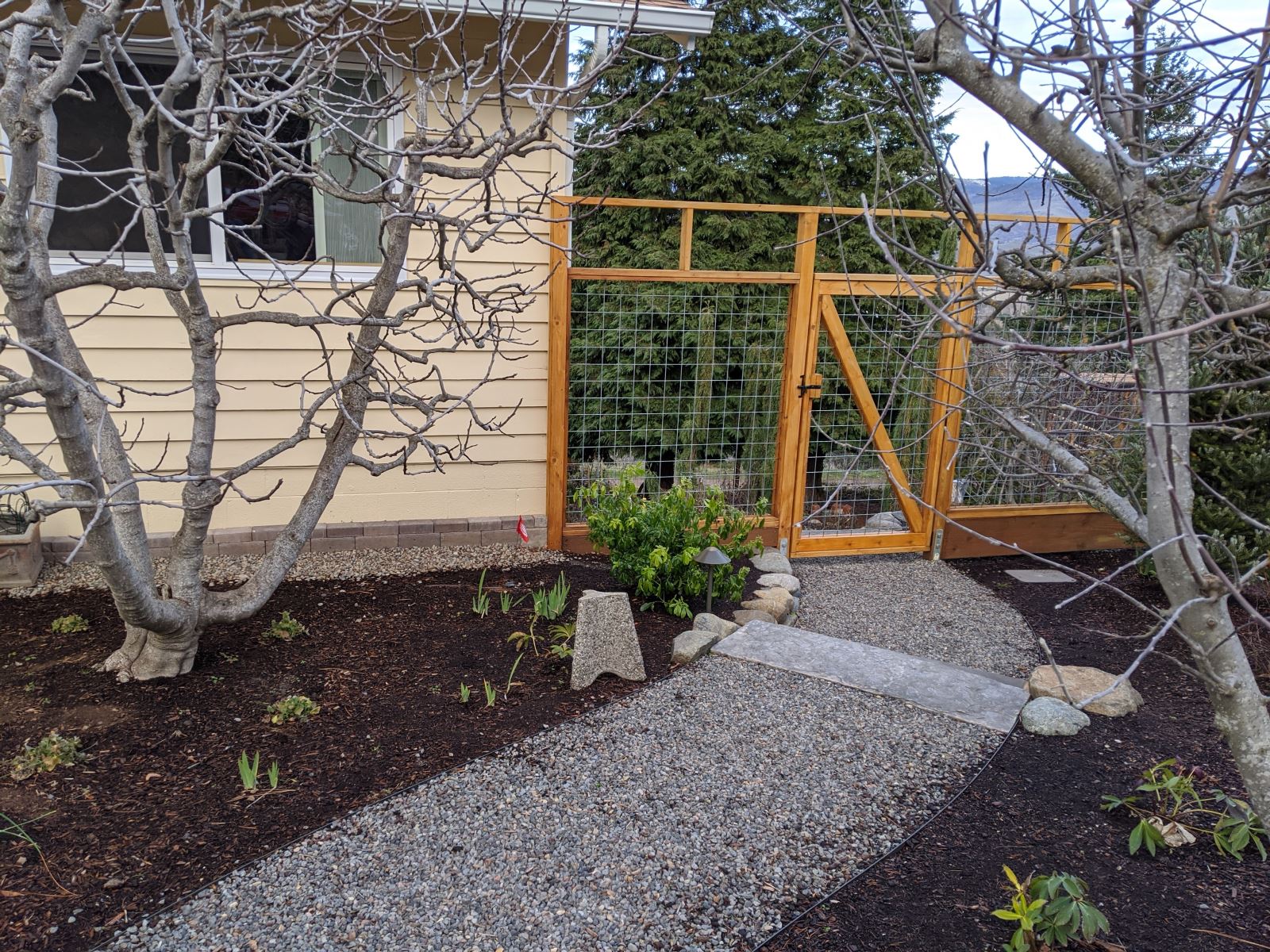 |
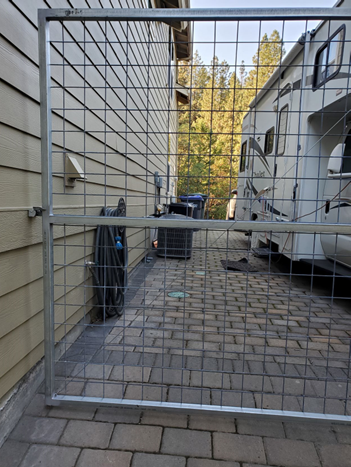 |
| Fiber cement board *requires consultation with Ashland Fire & Rescue staff for approval |
$ | 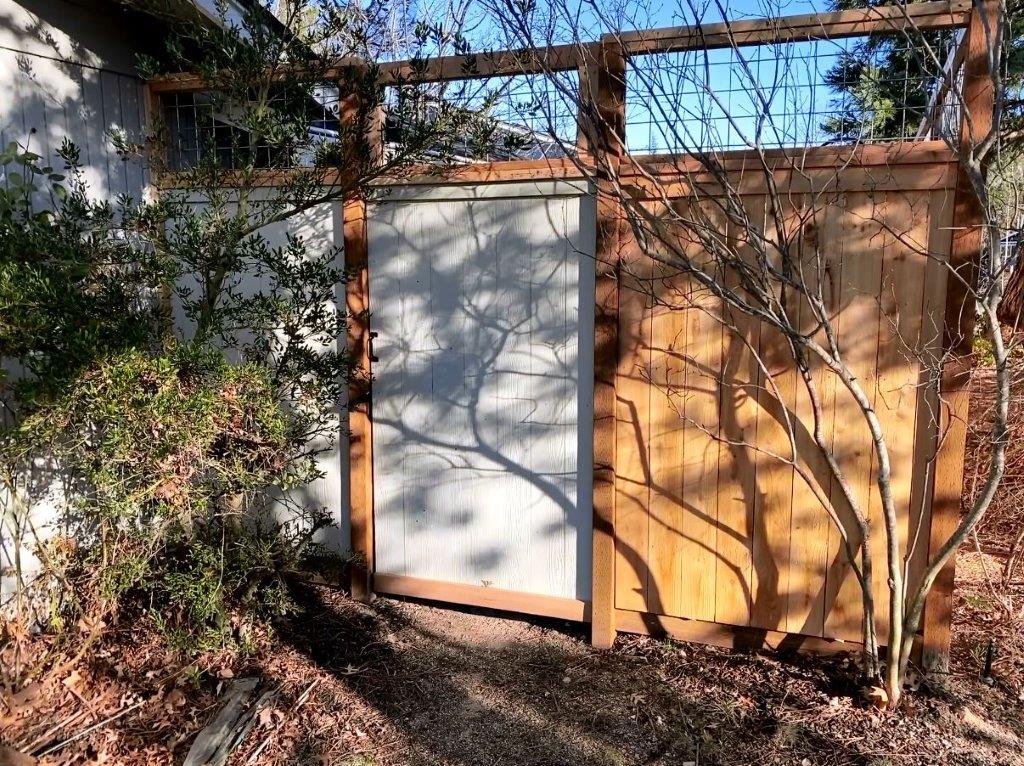 |
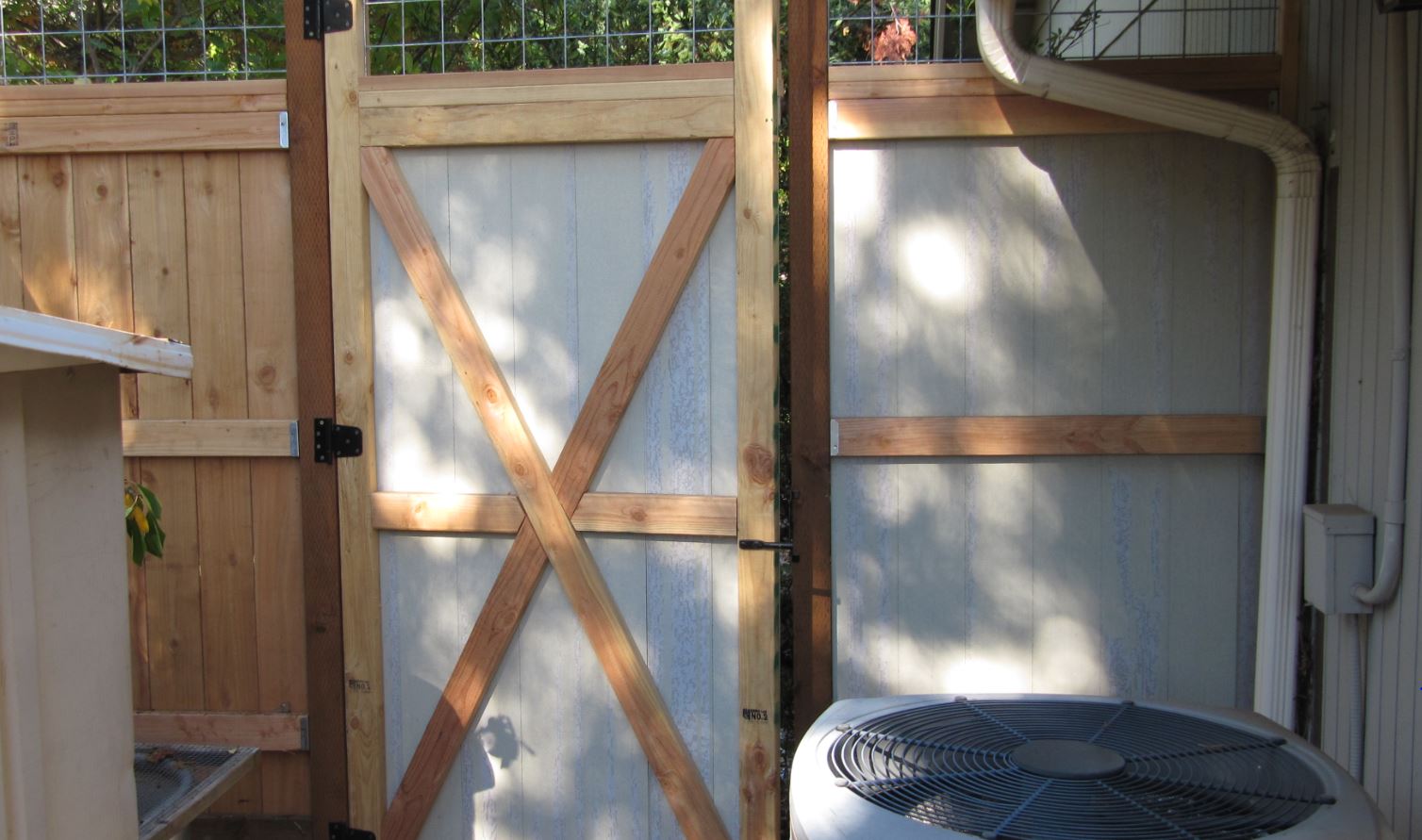 |
| Perforated Metal Sheeting and other custom metal fabrications *requires consultation with Ashland Fire & Rescue staff for approval if wood framing is utilized |
$-$$ | 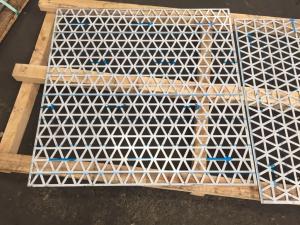 |
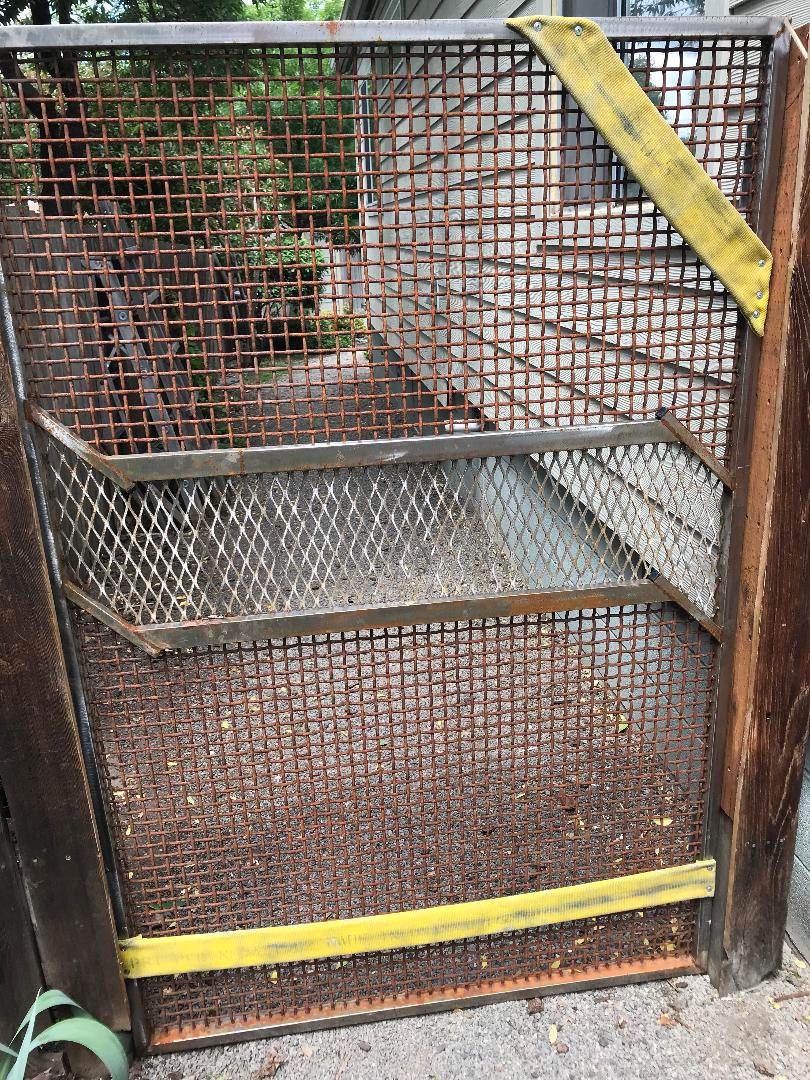 |
If you are applying for a Fence Permit and seek an exemption to the “noncombustible fencing materials within five feet of the connection to the structure” (18.4.4.060.B.8) requirement, the following conditions will be reviewed by the Fire Code Official in order to grant an exemption. Items 1 and 2 must be met before a site inspection will be considered:
1. The portion of the structure adjoining the proposed combustible fence material must be constructed with ignition-resistant building materials sufficient to reduce the spread of fire from the combustible fence materials to the structure. If this isn’t the case, the exemption can be denied.
a. Noncombustible siding materials include masonry products, stucco, plaster, and fiber cement board.
2. A noncombustible area must be established within 5 feet of the proposed fence connection to the structure in accordance with General Fuel Modification Area Standards in AMC18.3.10.100.B.2.
3. The proximity of any flammable vegetation listed on the City’s Prohibited Flammable Plant List will be considered. Depending on the height, width, and proximity to the proposed fence, this factor will be taken into account on an inspection only if the first two items are met.
4. The distance of the proposed fence to the structure’s eaves and eave construction
a. The susceptibility of proximal eaves to fire exposure from the combustible fence materials, considering the construction materials and techniques used in eaves and venting and distance between the fence and adjacent eaves.
Contact the Fire Adapted Communities Coordinator at 541-552-2231 for questions.
©2024 - Fire Adapted Ashland - All Rights Reserved | Site Handcrafted in Ashland, Oregon by Project A